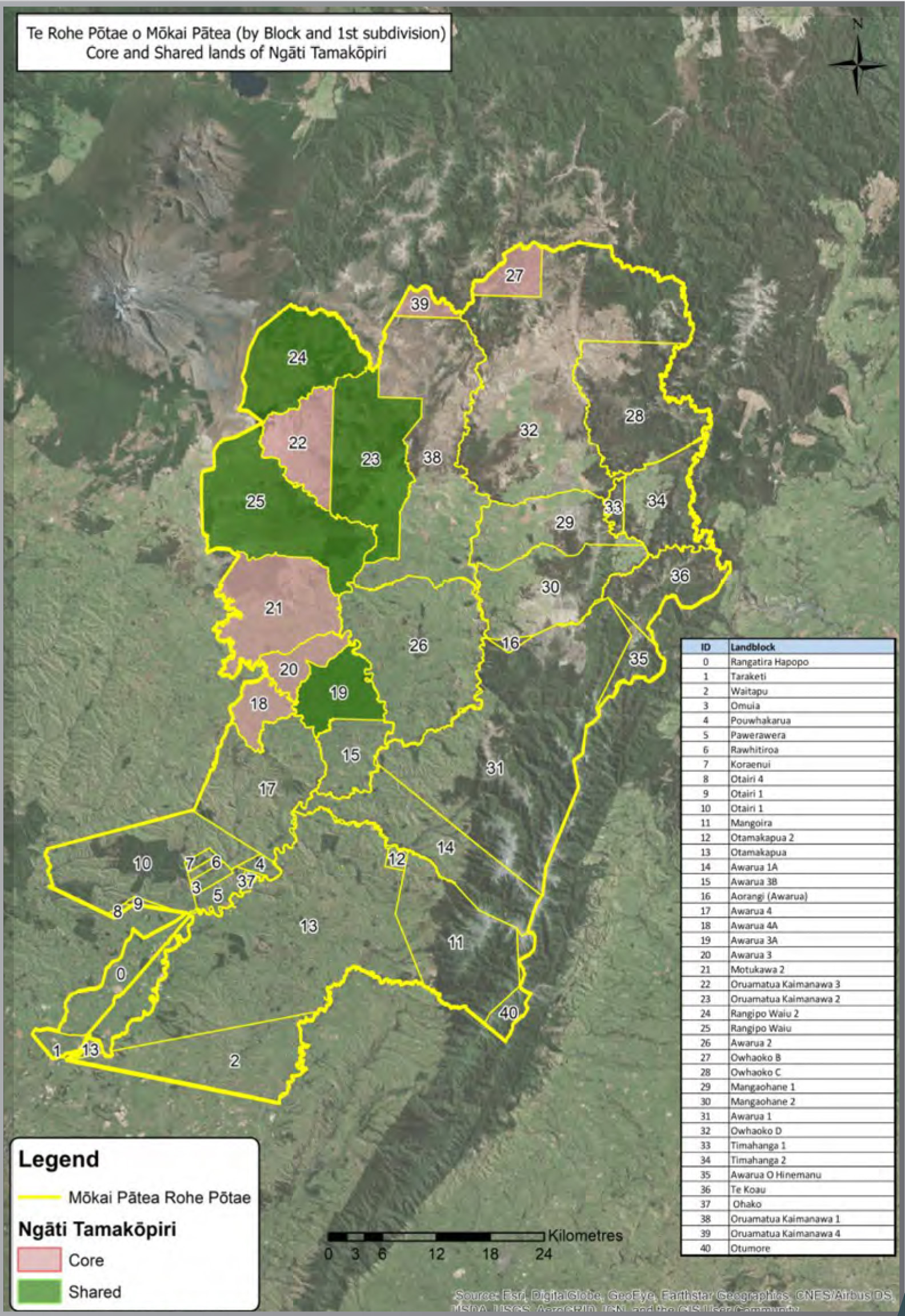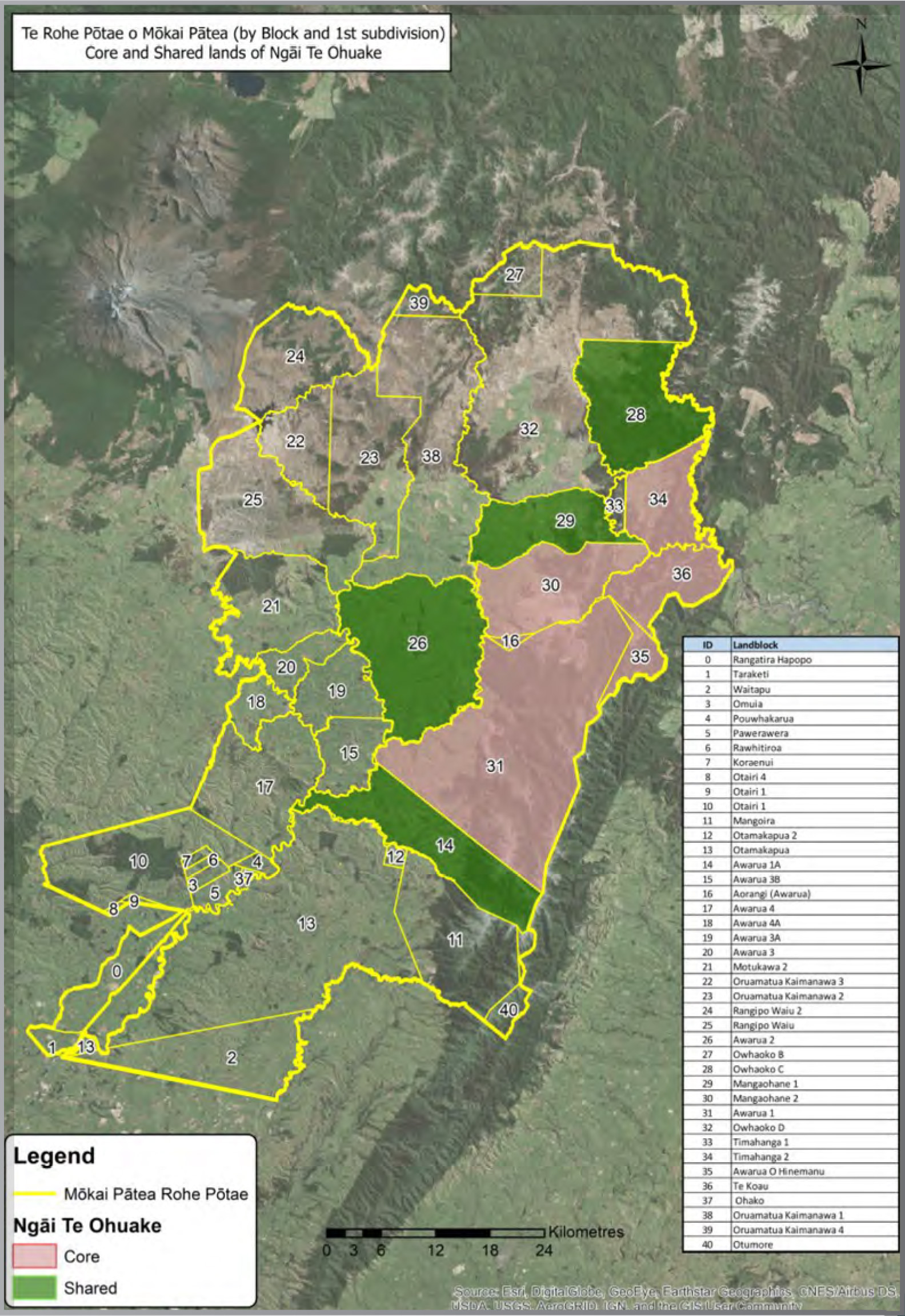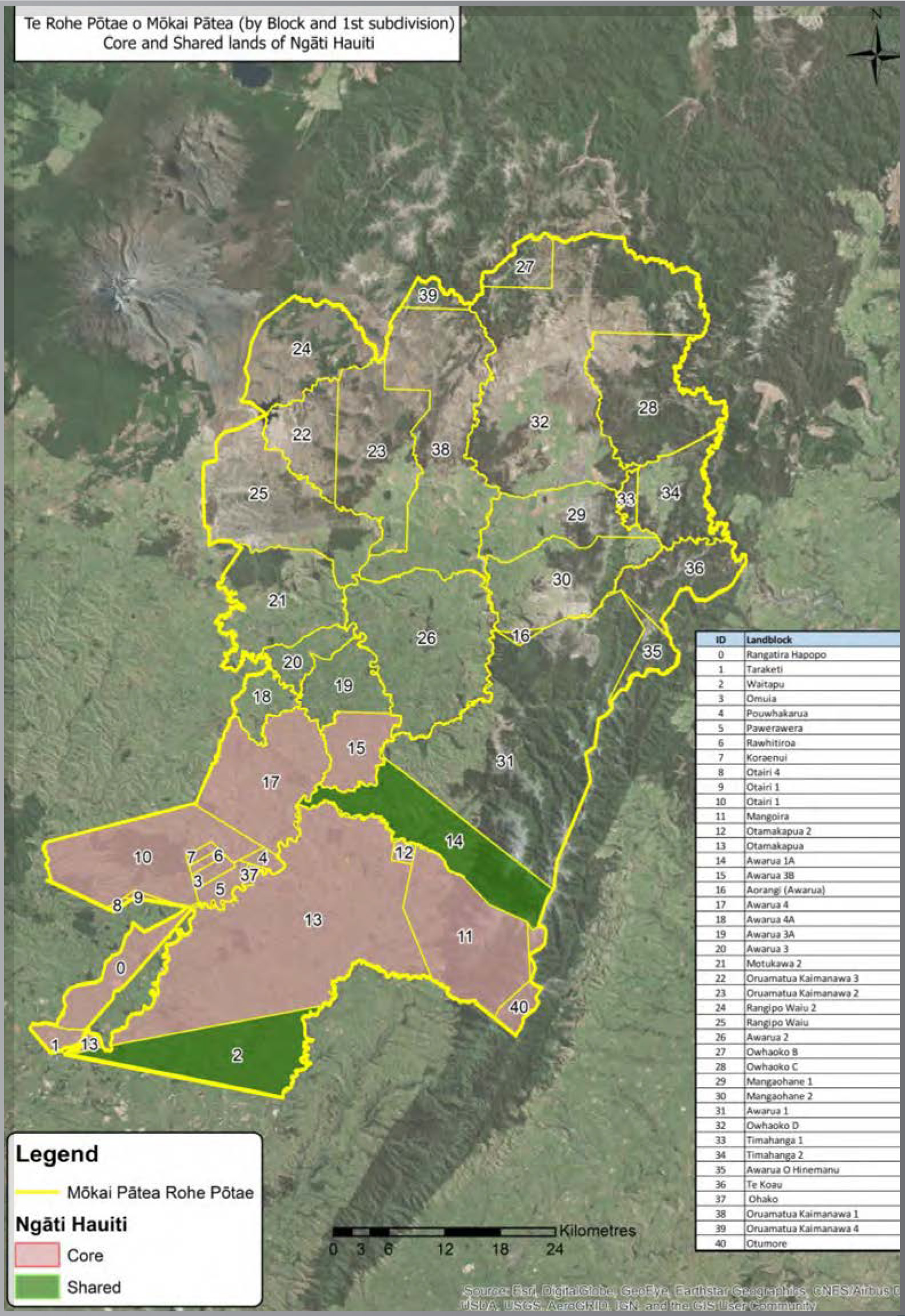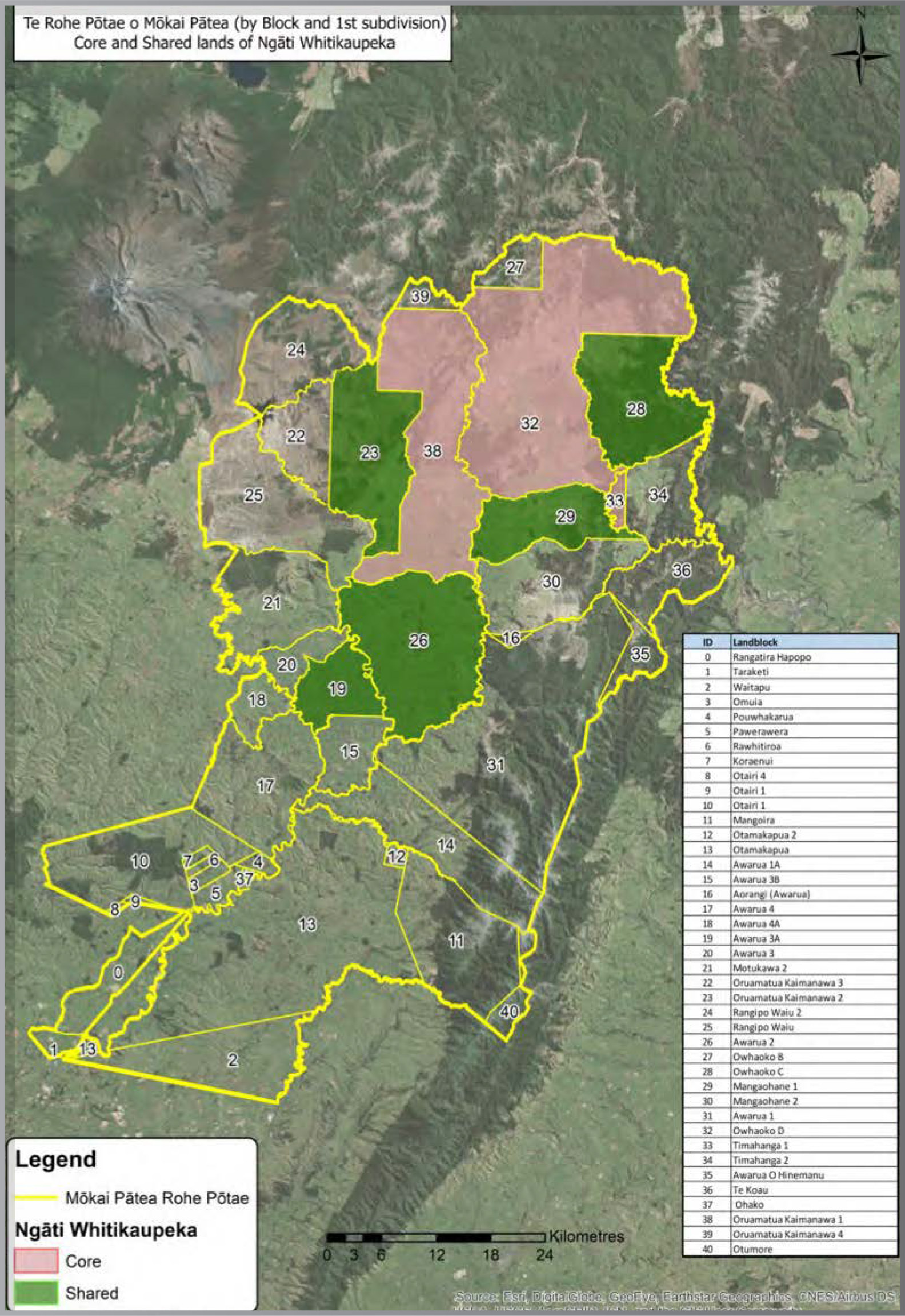About the Trust – Our Iwi
Ngāti Tamakōpiri
Hapū
Ngāti Tuope
Ngāti Tamakaiaorangi
Ngāti Hinetai
Ngāti Tamapinea
Rangitoea
Ngāti Tamawhiti
Ngāti Tama Tūturu
Ngāti Te Taenui
Ngāti Tūtakaroa
Ngāti Tamakaitangi
Hikakainga
Ngāti Tamakōpiri descend from the eponymous ancestor Tamakōpiri the son of Tamatea Pōkai whenua by his wife Taanewhare.
Tamakōpiri accompanied his father on his famous journey into Mōkai Pātea leaving a number of mōkai in the rohe and meeting the Ngāti Hotu who were settled there. Tamatea and Tamakōpiri parted company at the Waitangi Stream north of present day Waiouru with Tamakōpiri returning to Heretaunga and Tamatea carrying on to Whanganui and beyond.
Later Tamakōpiri and others returned to settle the Mōkai Pātea by attacking the Ngāti Hotu and pushing them to the west in what is referred to as the first wave of conquest over the Ngāti Hotu.
One celebrated descendant of Tamakōpiri was Tumakaurangi who was a contemporary of Whitikaupeka and led some of the battles against the Ngāti Hotu in this rohe in what is known as the second wave of conquest.
Tumakaurangi is now commemorated as the name of the Whare Tupuna at Opaea. This whare sits astride the boundary between two major lands of the rohe of Ngāti Tamakōpiri – the Awarua and Motukawa lands which make up the northwestern part of Mōkai Pātea.
Ngāti Tamakōpiri traditionally comprised of a number of hapū including Ngāti Tūope, Ngāti Tamakaiaorangi, Ngāti Hinetai, Ngāti Tamapinea and Rangitoea.
At certain times some of these hapū lived away at Rotoaira, Poutu and other places but many of these whanau returned to the safe haven of Mōkai Pātea after the sacking of Motuopuhi.
Ngāti Tamakōpiri has also become closely aligned to Ngāti Whitikaupeka since the marriage of Hineroro (daughter of Tumakaurangi) to Wharepurakau (Son of Whitkaupeka) resulting in the popular name of Ngāti Tama-Whiti being commonly used.
With the coming of the missionaries and settlers Ngāti Tamakōpiri were quick to seize upon the formation of rūnanga in the 1860’s to protect and advance the rights of the iwi in what were to become very turbulent times.

